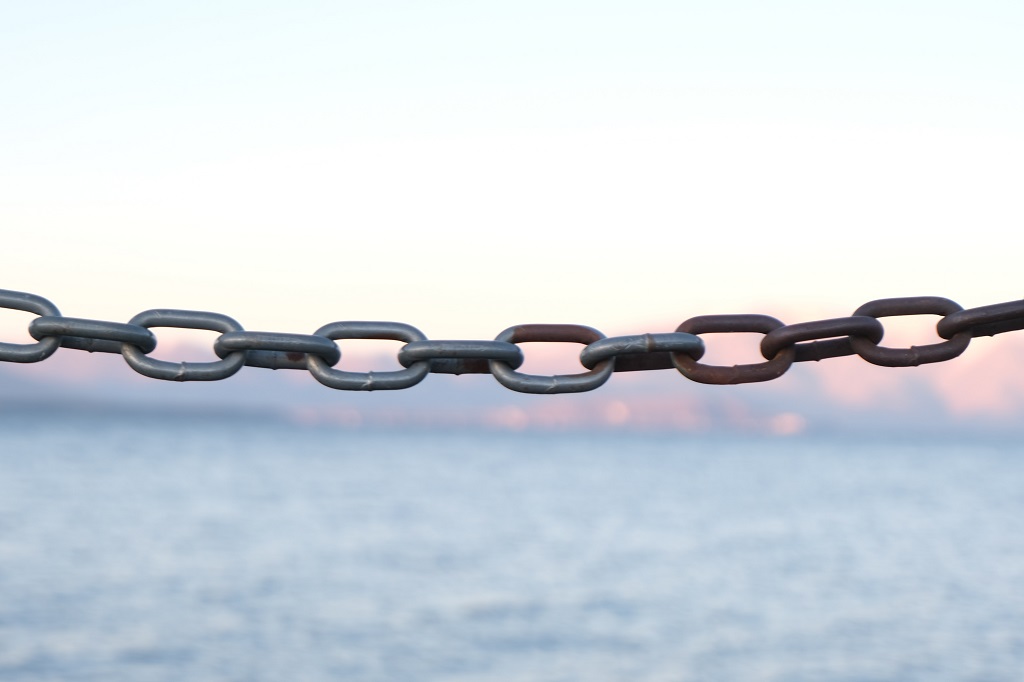
Updating the internal links on your website
Every website often consists of a large collection of internal links to all sorts of pages, in articles you can link to similar articles. In your FAQ you can link to a specific question that has already been answered. And so on and so forth. All these links can influence you positively or negatively. The Google crawler and the crawlers of the other search engines check all the links of your website and add certain values to them. On the other hand, internal links that end with 404 messages do not exist or give an error code. This may result in you receiving a lower score. In this article, we will discuss how you can keep an eye on this and update it in the right way. With the opinion of an executive from Google itself.
Why change internal links?
Internal links can be changed for many different reasons, both consciously and unconsciously. When using a content management system, they can be changed through an automatic process. For example, by using a plugin or other component that can change them. This can also be the case when you modify or delete a page. For example, a temporary promotion or an article that is no longer current. As your website hosting grows over the years, these types of issues can occur. That's why it's important to get an overview and check if there are any errors somewhere.
You can do this with a number of tools that you can use for free or for a fee. For example, the most popular tools are Ahrefs, Semrush or Screaming Frog. With these tools, you can determine how your website links to internal pages and if this causes error codes. You can then fix that.
Of course, depending on how much content you have on your site, you can also check this manually. But this is the work of a monk if you already have more than 20 pages on your site.
The reason your website's internal links change the most is because you installed an SSL certificate. Read below to learn how to do that.
How to update your internal links
Most websites today use a secure version of the website, which is easy to do with an SSL certificate. With the click of a button, you can install an SSL certificate yourself or choose a paid SSL certificate. This will then be installed for you. The URL of your website will change, as there are two options in the default configurations. Namely the following:
https://
https://www
It is advisable to use only one URL for your website in general, making it exclusive. This will ensure that you are not counted as duplicate content. And it looks the cleanest. Also, if you use unsafe links, http, on the website, it will be counted as mixed content. And therefore is not safe. This will then also be displayed in the users internet browser.
The internal links can be easily updated by browsing the files of your website. Often there is a configuration file where you can set your main URL. It is also often the case that this can be set in your website's database. With a query in the database, you can then update all existing references to the other URL at once.
This way you can update all your internal URLs to the latest version.
Why it is important to update
Google's John Mueller recently responded to a Reddit user's question onthis topic,
"I would always try to fix internal links, it makes things cleaner and is under your own control. I doubt it would have any visible effect though.
To ensure that your site can always provide safe links, you should replace all links and resources that are still loading unsafely with the safe version. Even if no error message appears, this may result in a redirect. This can lead to longer loading times and lower usability.
So it's very likely that this won't suddenly make you #1 for all your search terms. But all factors, no matter how small, can give you an edge over your competitors.
Establish a fixed arrangement or method for linking within your website
Chances are, you're not just responsible for your website and its content. To make sure everyone is clear on how you should link, you can include this in a future meeting of your team. Decide which URL is best for your website. And then always use it for linking. So also in your blog posts, on your temporary pages, and any other place where you link to another page on your site.
You can also link to a flexible URL, without the http and https prefixes. However, a number of things can cause the wrong URL to be taken. However, you can prevent this by making an adjustment in web.config with an automatic redirect.
So take a look at your site's internal links, check for errors, and make arrangements with your team about linking to pages on your site.



